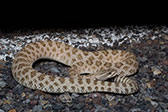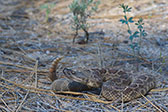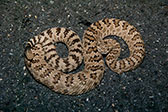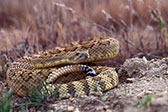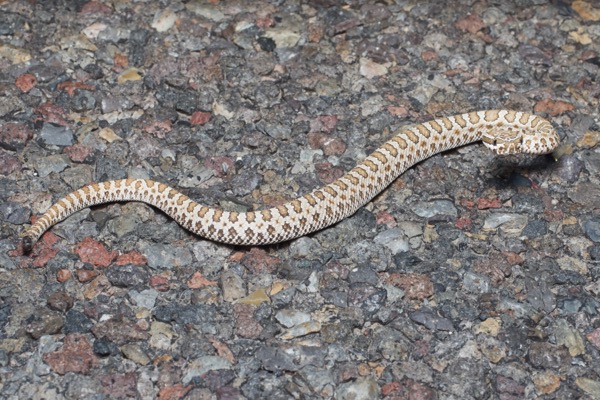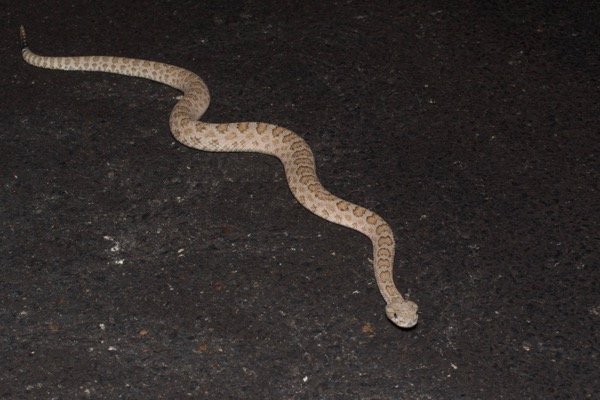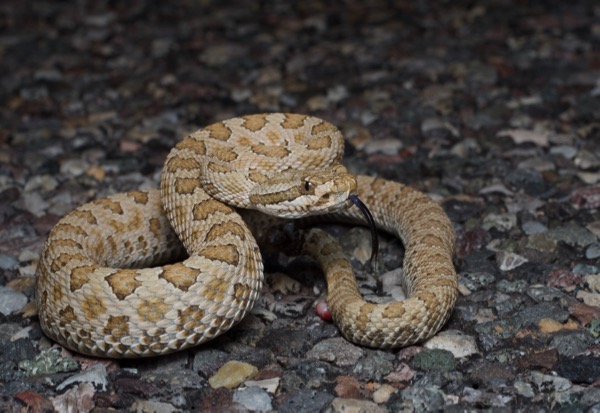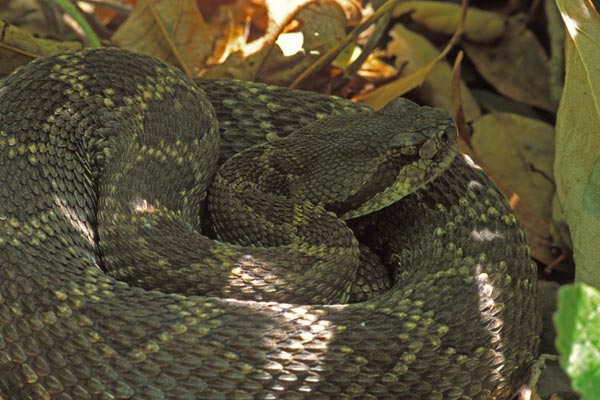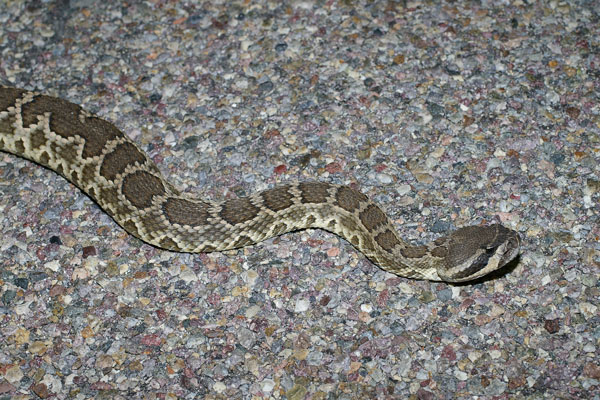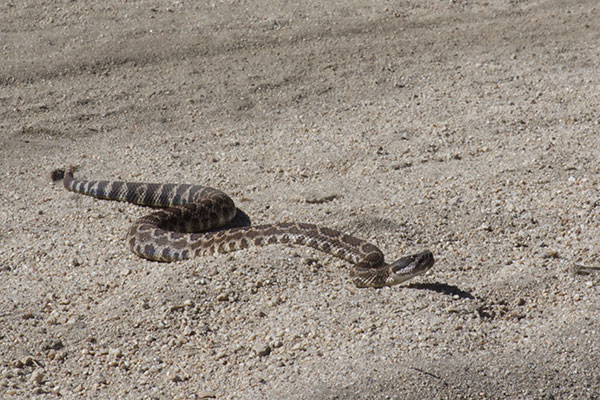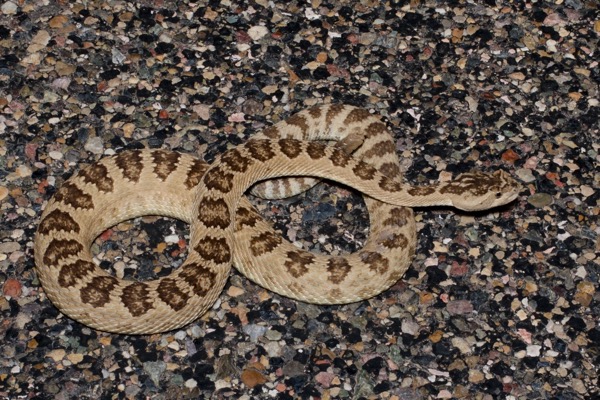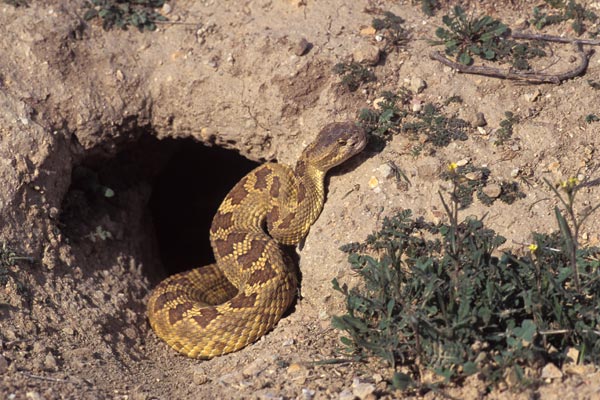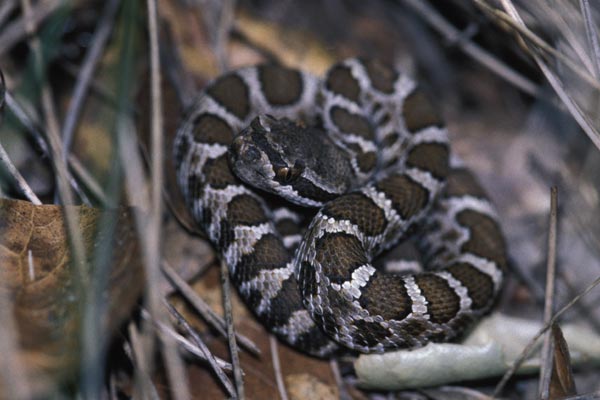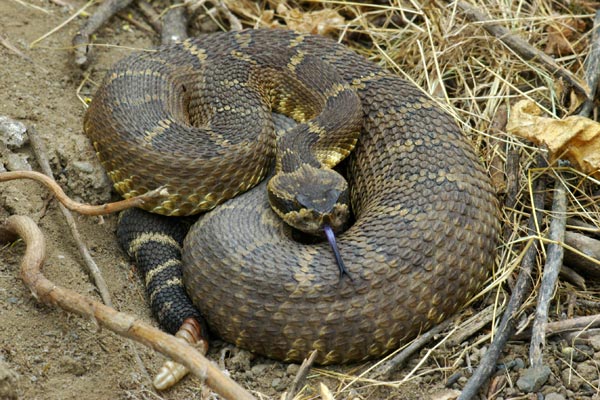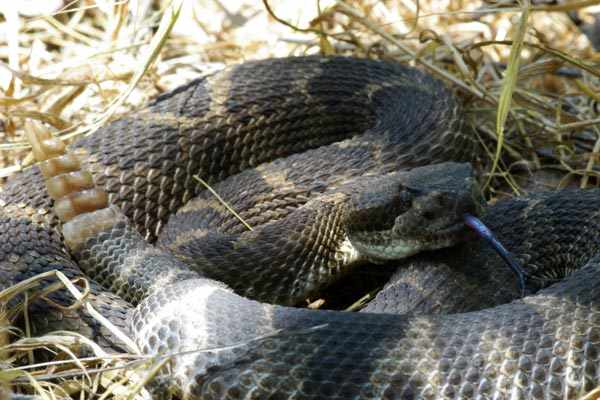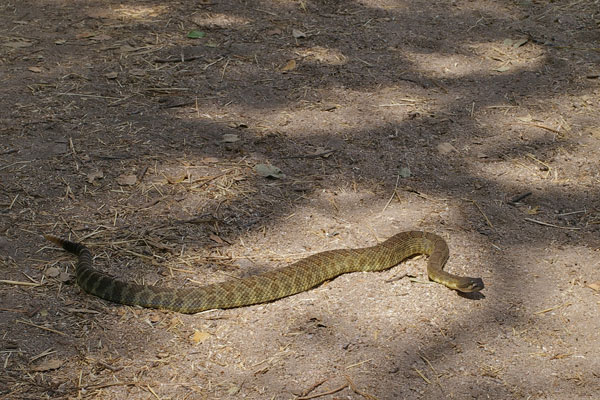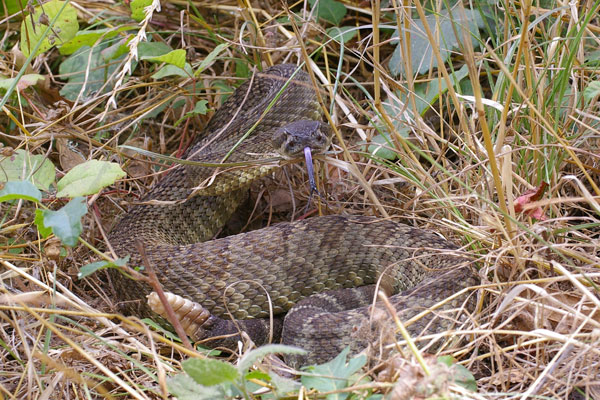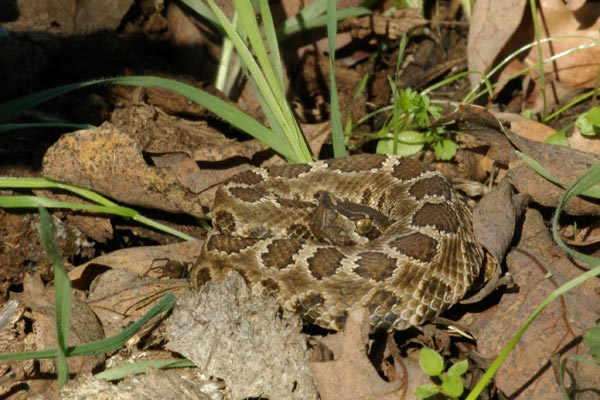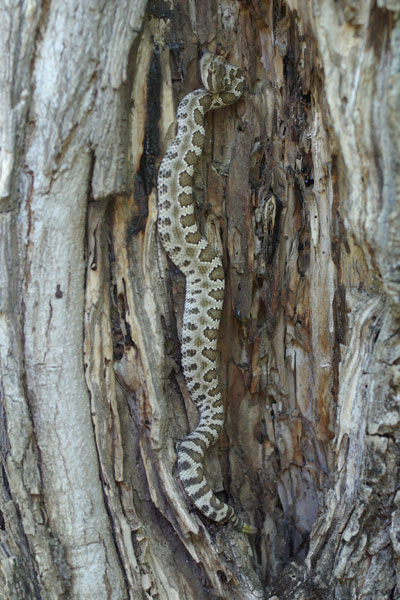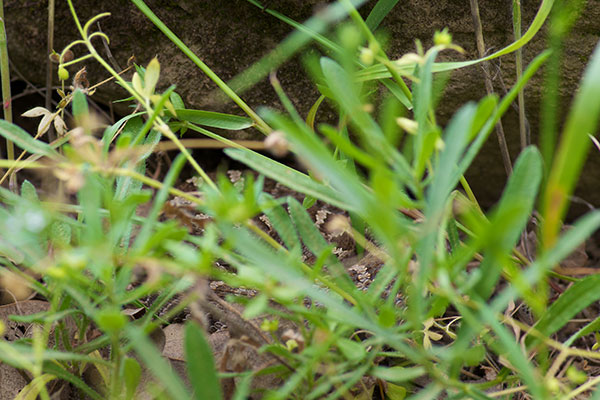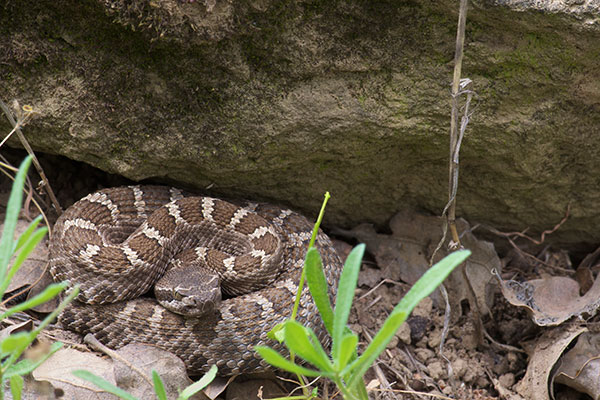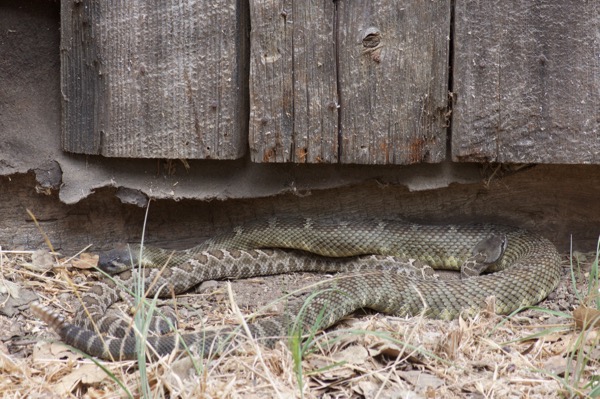Crotalus oreganus
—
Western Rattlesnake
A
study by Davis et al in 2016 concluded that
C. helleri and
C. lutosus should be elevated to full species, and
C. abyssus should be sunk into
C. lutosus. As I write this, the
SSAR has not accepted these results, so I'm not either.
Subspecies I've seen:
Crotalus oreganus abyssus
—
Grand Canyon Rattlesnake
Grand Staircase-Escalante National Monument, Garfield County, Utah—July 21, 2017
I had originally identified these as Midget Faded Rattlesnakes (
Crotalus oreganus concolor), but some
sharp-eyed naturalists on iNaturalist pointed out that it's actually in the range of the very similar subspecies
C. o. abyssus instead.
Grand Staircase-Escalante National Monument, Garfield County, Utah—July 22, 2017
I saw one more the following night. You can see some sort of red balloonish protuberance near the base of the snake's tail. I am not sure whether this is an injury, perhaps from being clipped by a car, or whether it is the snake's everted hemipenis. The snake seemed perfectly lively and didn't seem to be dragging its tail, so I if it was an injury perhaps it was not a very serious one.
Crotalus oreganus helleri
—
Southern Pacific Rattlesnake
San Ysidro Canyon, Santa Barbara County, California—April 13, 2002
This rattlesnake had been basking on the hiking trail when we were told of its presence by earlier hikers, but after one look at me and my camera it decided to hide in the shade under a bush.
Anza-Borrego Desert State Park, San Diego County, California—July 3, 2006
This was the third of three rattlesnakes that I saw by following the vehicle of fellow field herpers Jeff Lemm and Steve Steward for an hour or so. This large fellow did not want to sit still for photos, and we had to wrangle it off the road pretty quickly when another car came along.
Parque Nacional Constitución de 1857, Baja California, Mexico—May 14, 2013
Matt Cage and Lorrie Smith had seen many of these rattlesnakes on an earlier trip to this area, but this year we saw just this one. Snake sightings are notoriously difficult to predict, since snake activity depends on a large number of known factors (time of year, temperature, recent precipitation, less-recent precipitation, humidity, wind, cloud cover, moon phase, etc.) and no doubt some unknown ones. You never know just what to expect, which keeps it interesting!
Crotalus oreganus lutosus
—
Great Basin Rattlesnake
near Benton, Mono County, California—July 4, 2014
This rattlesnake was the only herp I saw in a few hours of nighttime road cruising across the desert expanses of Mono County. I really like the well-defined pattern on this snake.
Grand Staircase-Escalante National Monument, Kane County, Utah—July 27, 2017
I have nothing nice to say about this rattlesnake. OK, sure, it's attractively patterned. And yeah, it was extremely docile and made no attempt to get defensive as I tried to get it to stop moving for a photo. But did it ever in fact stop moving? No, it did not. That's what I get for not carrying a frisbee.
Crotalus oreganus oreganus
—
Northern Pacific Rattlesnake
Elkhorn Road, Carrizo Plain National Monument, San Luis Obispo County, California—April 21, 2000
Three of these beauties were out and about within a quarter mile of each other just off the road in the late afternoon. We had thought at first they were the notorious Mohave rattlesnake (
Crotalus scutulatus), the most venomous and aggressive rattler in the U.S. Their color and pattern do match the Mohave rattlesnake closely, but they were far from the accepted range of any rattlesnake species other than the Western. Also, the tail bands and head scales are definitely more
oreganus than
scutulatus.
The coiled one has a wonderful fourteen-segment rattle, which we did indeed get to hear in action. It's very rare to find any wild rattlesnake with that many rattle segments.
This species was until recently considered part of Crotalus viridis, so many references still use that name.
Fremont Peak State Park, San Benito County, California—June 17, 2000
I spotted this little baby coiled up in the trail, basking in the late afternoon sun. Curled up, it was just a couple of inches across; stretched out, maybe 6 or 7 inches long. It still had only the initial button on its tail, so its rattling efforts were ineffectually silent. Unfortunately, it didn't pose for me on the trail, but instead slithered off to a nearby bush. Fortunately, it was willing to pause in the perceived safety of the bush long enough for me to take some pictures.
Coyote Creek Parkway, Santa Clara County, California—May 29, 2005
My friend Fred Harer and I had a pretty good snake-hunting day when we found these two fellows. In addition to this pair of rattlesnakes sticking their tongues out at us, we also came across an attractive
Gopher Snake, a big fat
Santa Cruz Gartersnake, and a cute little
California Striped Racer.
Garland Ranch Regional Park, Monterey County, California—July 16, 2005
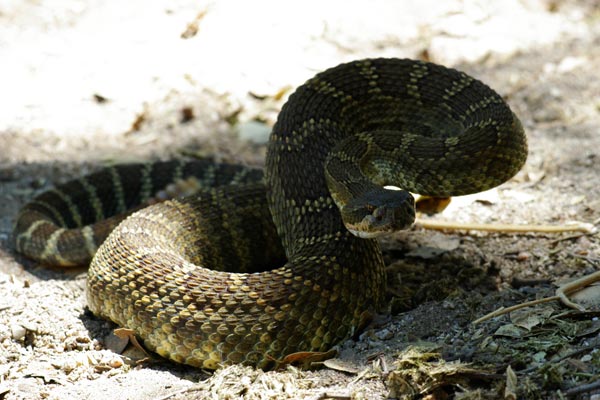
On this sunny summer day my wife Monica and I and our four dogs were out for a hike. Monica noticed as she lifted her foot up that if she were to put it down again, it would land on a basking rattlesnake. She made a nice spin move and backed off, calling out "I think Max just walked over a rattlesnake". I was in front and hadn't noticed the snake, and our two 10-pound-ish dogs,
Max and Spunky, had also passed the snake without noticing it. Our bigger dog Champ was on the other side with Monica. (Our fourth dog, Yappy, is a geriatric 4 pounder who was coming along for a ride in a pouch on Monica).
So now we had stopped, with Monica and two dogs on one side of the snake, and me and two dogs on the other side. We realized later that we should have moved perpendicular to the trail into the woods, and called the dogs to us that way, but we didn't think quickly enough for that. Each of us tried to call the dog(s) on their side of the snake to them, but Monica's calling was more persuasive and both Max and Spunky went back towards her. Max passed within a foot of the snake, as Monica and I cringed. Then Spunky trotted right over its head, as we double-cringed.
But the snake was unperturbed, and didn't move or rattle. We put the dogs on leashes and I went back to get some pictures. My camera and I did perturb the snake, which (finally!) started rattling, and lifted its neck into the standard S-curve. So it wasn't easy to disturb this snake. It would much rather rely on its camouflage than use its precious venom on people or dogs.
Garland Ranch Regional Park, Monterey County, California—July 30, 2006
Another day walking dogs at Garland Ranch, another rattlesnake blocking the trail. Unlike the
one from the previous year though, I easily noticed this one before we had reached it, since it was sprawled out across the width of the trail. I used a stick to gently persuade it to leave the trail for the people, dogs, horses, etc., whereupon it coiled up and gave me the old rattler tongue.
Henry W. Coe State Park, Santa Clara County, California—February 17, 2007
My friend Fred Harer noticed this well-camouflaged little rattlesnake biding its time under a log I had lifted on a warm winter day. It poked its tongue out a few times, but otherwise let us take photos for ten minutes or so without moving a muscle, even when the spider seen to its left crawled across the snake's back.
Pinnacles National Park, San Benito County, California—May 19, 2007
This young snake demonstrated both its climbing and its clinging skills in a tree just a few feet from the main trail up to Bear Creek Reservoir.
Contra Costa County, California—May 5, 2014
I noticed this cute li'l baby rattler coiled up against the base of a rock, mostly obscured by grasses. My herping buddy Mike Pingleton cleared most of the plants away carefully, with tongs, so we could get a few photos without overly disturbing the snake.
Garland Ranch Regional Park, Monterey County, California—September 3, 2016
Our numerous off-leash dogs noticed this amorous pair o' snakes before we did. Noticing what the dogs were noticing created a few moments of high drama, but the dogs hadn't approached too closely and they came to us quickly when we called them in a semi-panic. The snakes continued their slow-motion romance for a few more minutes, then both slithered leisurely under the barn door and out of sight.
Printed references:
- Bartlett, R. D., Tennant, A. 2000. Snakes of North America, Western Region
- Behler, J. L., King, F. W. 1979. The Audubon Society Field Guide to North American Reptiles & Amphibians
- Brown, P. R. 1997. A Field Guide to Snakes of California
- Crother, B. I. (ed.) 2017. Scientific and Standard English Names of Amphibians and Reptiles of North America North of Mexico, with Comments Regarding Confidence in Our Understanding, Eighth Edition
- Degenhardt, W. G., Painter, C. W., Price, A. H. 1996. Amphibians & Reptiles of New Mexico
- Grismer, L. L. 2002. Amphibians and Reptiles of Baja California Including its Pacific Islands and the Islands in the Sea of Cortés
- McPeak, R. H. 2000. Amphibians and Reptiles of Baja California
- Miller, A. H., Stebbins, R. C. 1973. The Lives of Desert Animals in Joshua Tree National Monument
- Schoenherr, A. A. 1992. A Natural History of California
- Shedd, J. D. 2005. Amphibians and Reptiles of Bidwell Park
- Smith, H. M., Brodie, E. D. Jr. 1982. Reptiles of North America: A Guide to Field Identification
- Stebbins, R. C. 2003. Peterson Field Guide to Western Reptiles and Amphibians, Third Edition
- Stoops, E. D., Wright, A. 1997. Snakes and other Reptiles of the Southwest, 4th Edition
